How to 5X Your Ecommerce Business: 4 Experts Share Their Tips for Hitting $50M
We talk a lot about tactics and optimizations you can implement to grow your ecommerce company.
Following the best practices for A/marketizaoB testing, measuring your Net Promoter Score (NPS), or creating a checkout that converts are all things that, if implemented well, can launch you into exponential growth.
But we wanted to reach outside the ranks of our team to get some perspective from a few industry experts.
So we did just that in a recent inbound.org AMA!
The result was some extremely valuable and actionable information for growing your ecommerce company. We can’t wait to share it with you!
Who are the Experts?
Each expert who provided an answer to my inbound.org question is an industry professional who works on optimization and conversion daily. Let’s meet our advisors:
Valentin Radu, CEO of Omniconvert
Omniconvert is a CRO platform that allows brands like Avon, Samsung, and Forbes to utilize surveys, A/B tests, personalization, and segmentation to increase conversions.
Brian Massey, Conversion Scientist
Conversionsciences.com is a 180-day process of optimization from Brian’s expert team and another Conversion Scientist, Joel Harvey. They focus on increasing conversion rate, average transaction value, and digital marketing ROI.
Sam Mallikarjunan, Head of Growth at HubSpot Labs
Hubspot Labs is the “super secret R&D group at HubSpot”, which is the inbound marketing and sales software used by brands like TradeGecko and Shopify.
Kunle Campbell, Growth Advisor at 2XeCommerce
2XeCommerce focuses on providing trusted advice for ambitious online retailers and funded ecommerce startups, with a focus on sales growth and customer acquisition in three core areas: Increasing conversions and average order value (AOV), customer retention, and driving quality traffic.
Now that you know who we’re talking to, let’s see their advice for launching into the next revenue level:
1. Over-Deliver on Ecommerce Customer Experience
“Under-promise and over-deliver.” – Valentin Radu, CEO of Omniconvert
Over-delivering in your customer experience is what Valentin Radu, CEO of Omniconvert recommends doing to scale into a new revenue level.
Radu says, “If you can [under-promise and over-deliver], your retention rate and net promoter score will go to the sky, you won’t need to brag and advertise and ‘build a brand’ by constantly interrupting your audience with ‘remarketing’ and ‘branding’ campaigns.”
But can over-delivery really take the place of remarketing and branding campaigns?
Radu suggests focusing on a building a sound RFM (Recency, Frequency, Monetary) system to measure customer loyalty.
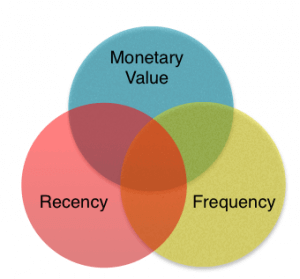
The model measures three things for each customer:
- Recency – the time when they last placed an order
- Frequency – how many orders they have placed in a given period
- Monetary value – how many dollars they spent since their first purchase (Customer Lifetime Value)
To successfully analyze and draw insight from these segments, you need to take a historical chunk of your database (example: customers’ past purchases for the last 3 years), then score them in each area. (Here’s a free template you can use to set yours up).
Below are some example insights you may draw from each segment (depending on your own business):
- Recency: A customer who has recently interacted with your store is more inclined to accept another interaction that you initiate. They’re likely to be more engaged.
- Frequency: Over time, the frequency of a purchase can predict the likelihood and schedule of future purchases.
- Monetary Value: Depending on what makes more sense for your company, you might decide to calculate monetary value as revenue or profitability.
Based on the above criteria, give your customers a score. The higher the RFM score, the more likely this customer will purchase from you again. (source)
Radu goes on to say that “the best eCommerce players are great at delivering more than products, now we live in an experience economy.”
So, who’s doing it right?
Companies Over-Delivering on Customer Experience
We all know the big guys who rock their customer experience: Bevel and Birchbox with their packaging and social engagement, and Warby Parker with unique gestures as customer service.
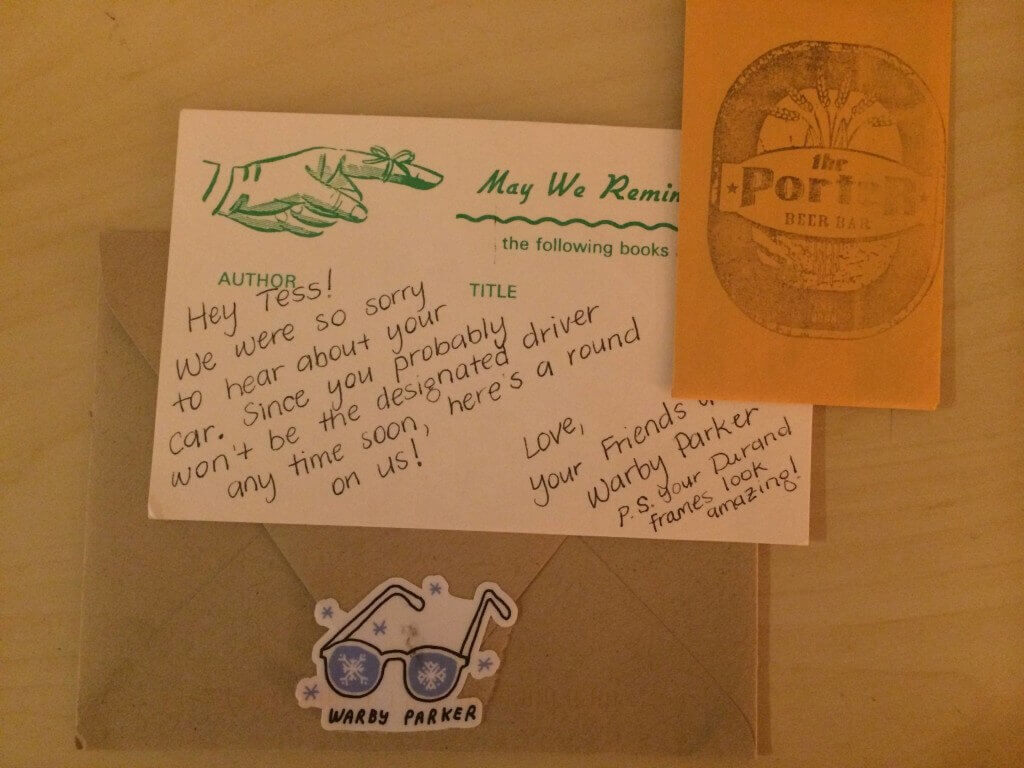
Chubbies Shorts is another company who’s doing a great job of over-delivering on their customer service. There’s a great story of a guy contacting their customer service to let them know his shorts had been stolen from his gym locker. Chubbies replaced the shorts for free and also purchased him a week’s worth of karate lessons!
Now that’s over-delivery. The humor and personality baked into their brand combined with their customer service is why Chubbies is becoming a growing ecommerce brand to watch.
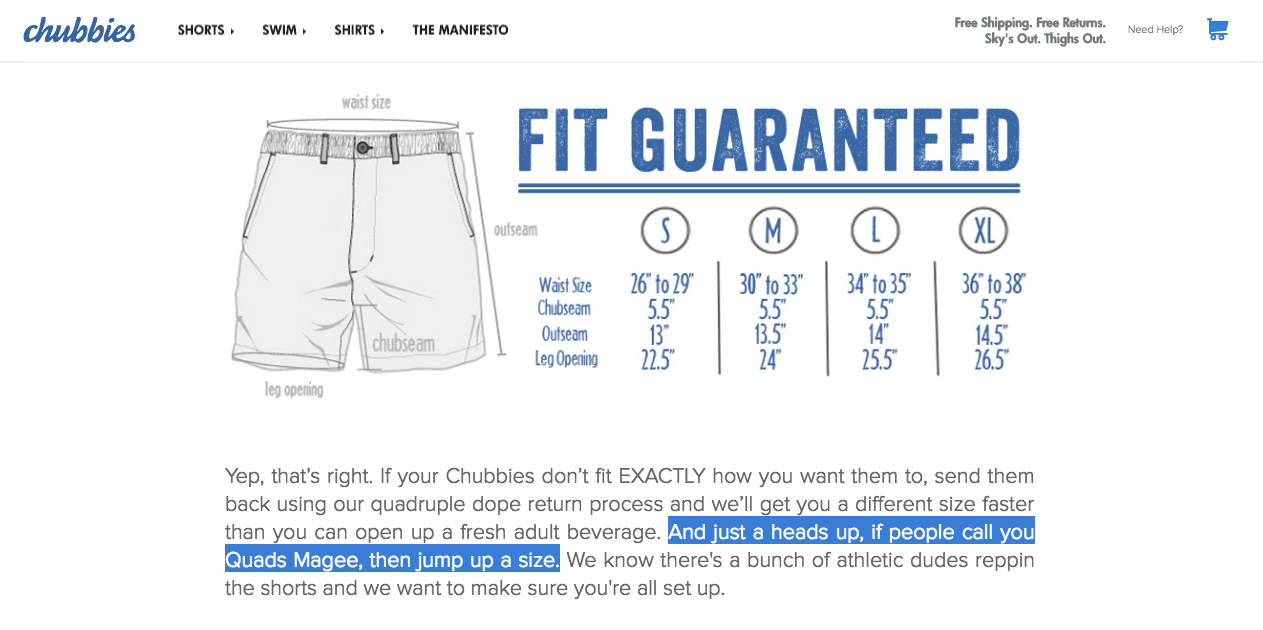
2. Reduce Ecommerce Customer Acquisition Costs (CAC)
“Reduce acquisition costs [and traffic and profit margin] get easier. You can spend more on clicks, and you make more money.” – Brian Massey, Conversion Scientist
Marketing to current customers gets you higher return on investment… as much as 67% more.
But you can’t focus on that until you feel confident that the cost it takes you to get a new customer – your customer acquisition cost – is low enough.
Reducing your customer acquisition costs (CAC) can free you up to spend budget elsewhere, like developing customer retention campaigns or investing more in current customers instead of acquiring new ones.
Brian Massey, a Conversion Scientist at the Conversion Sciences Optimization agency, says: “You reduce acquisition costs by improving revenue per visit. This is the job of website optimization. At $10m you probably have the transaction volumes to do A/B testing. If not, focus on Traffic.
If you don’t have the financial resource to optimize, you should find ways to reduce other costs and get your margins up. If you’re in a unique niche, traffic may be your overriding issue. If commodity, consider optimization.”
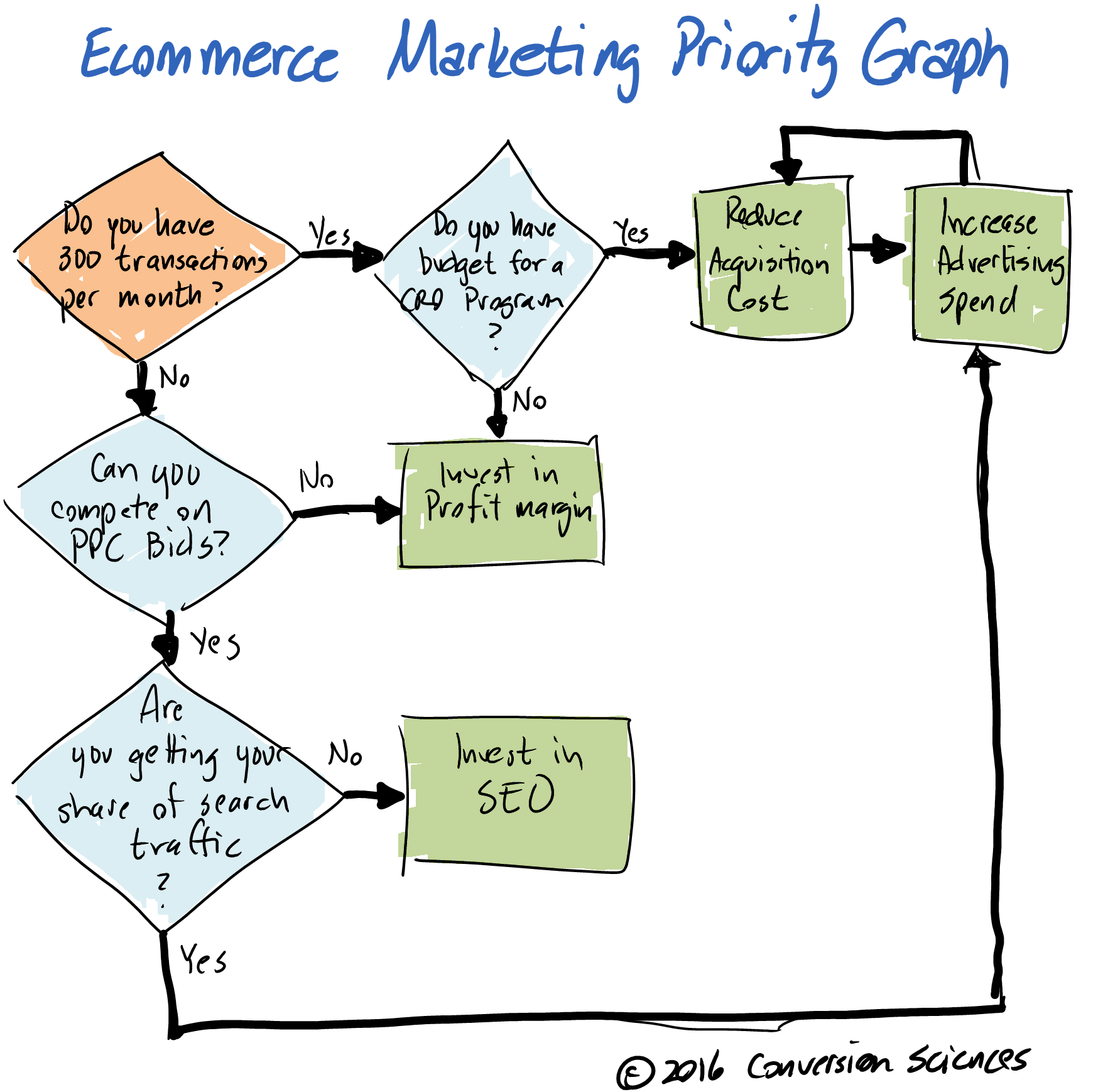
How to Improve Revenue per Visitor to Lower CAC
There are a couple of ways to increase your revenue per visitor. First, the obvious move would be to improve your conversion rate.
For a growing ecommerce site, improving your conversion rate can be accomplished through various tweaks. Website optimizations such as improving your mobile checkout (or reducing checkout friction), relocating your “add to bag” button, or optimizing your search function are all examples of A/B optimization tests that can help you better your conversion rate.
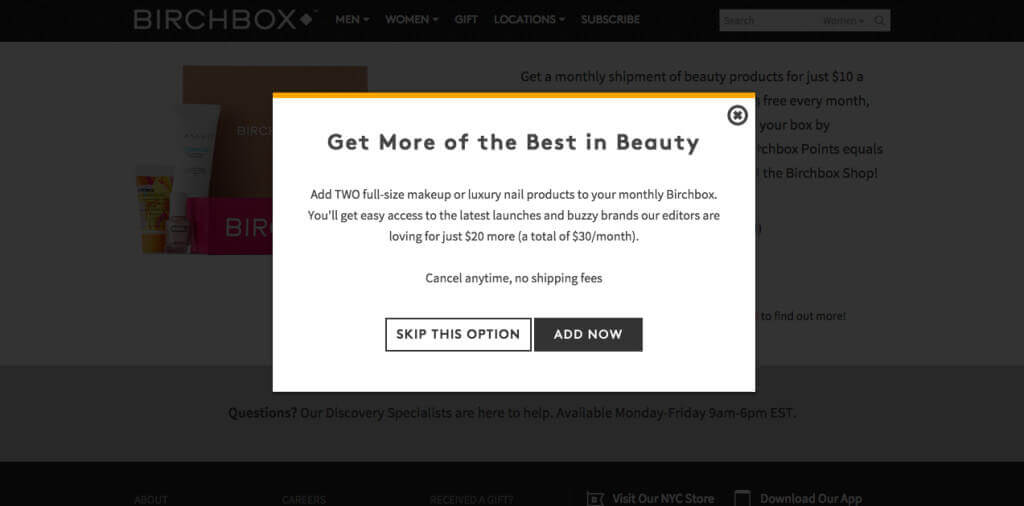
Secondly, you can try a different approach to your actual product sales. By bundling related or complementary products, you incentivize users to “get more” by purchasing more.
You can also institute a “free shipping” threshold where you set a monetary value in order to qualify for free shipping. Or, you can try your hand at upselling – encouraging users to add on an additional “small” product / service before or during checkout.
All of these tactics are proven to increase the average revenue per visitor.
Once you feel confident enough in your cost here, focusing your resources on customer retention is your next logical step for growth.
How will you know you’re successful at lowering your CAC? Massey says:
“We like to say that the best measure of success is the corners of the Accountant’s mouth.”
3. Obsess Over Ecommerce Customer Retention
“Many don’t spend enough time obsessing over the customer lifetime value variables which give you growth leverage.” – Sam Mallikarjunan, Head of Growth at HubSpot Labs
Sam Mallikarjunan added great insight to my growth question with this story:
“I like to tell the story of a flower retailer I worked with who was frustrated that their cross-town competitor was out-spending them on advertising and growing much faster than they were.
They were confused because they had the same prices — neither was undercutting the other — and they also had the same suppliers, so their COGS (cost of goods sold) were the same.
When I went and bought from their competitor, they did such a good job of asking why I was buying the flowers, for whom, what they liked, and if there were any other people or places in my life that liked flowers (such as my church, where people sometimes bring flowers but I never think to) that they were able to sell me flowers throughout the next several months at a much faster pace.”
Sam also provided a chart he uses when teaching that illustrates three different businesses:
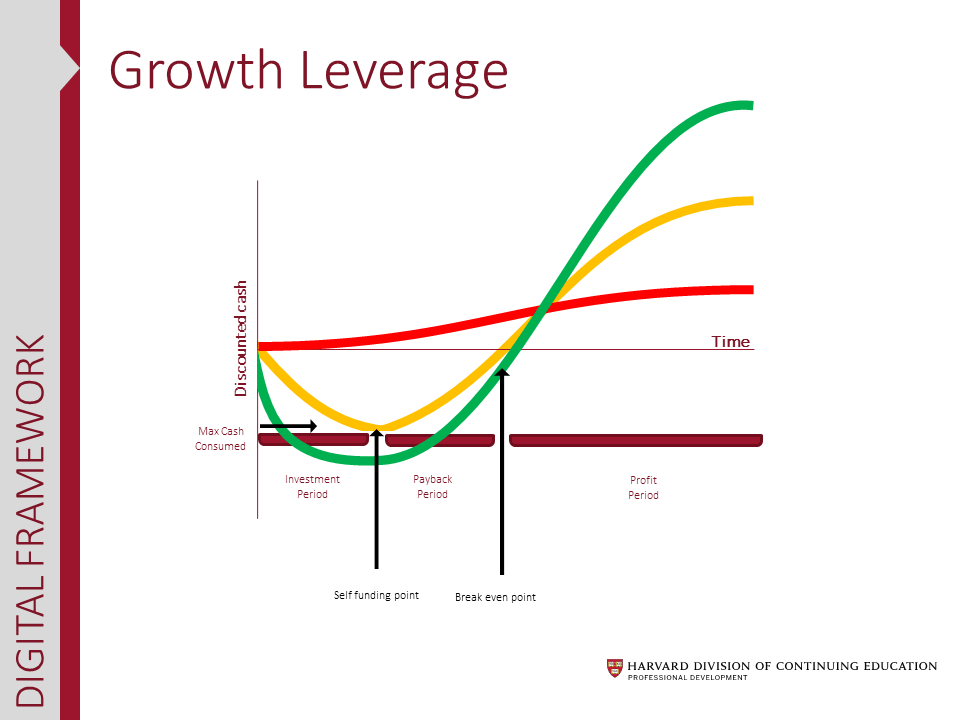
The green curve spends more money to acquire a customer but makes more in LTV (either by charging more or getting transactions more frequently).
Because of this, the green-curve company can spend more on content, software, email, PPC, etc. than the yellow or red curves (the red curve being a conventional transactional business where you make at least some positive margin on the first transaction) and drive faster growth.
Green companies would be (usually) exemplified by a recurring revenue business, where a traditional ecommerce company is (usually) found in the red example.
Ecommerce companies fall under the red line because they typically don’t have enough confidence that there will be a second transaction, or a third, etc.
“In order to 5X an online retail business from $10M to $50M over a 3 year window, you need to optimize 3 pillars: retention, referrals, and publicity.” – Kunle Campbell, Growth Advisor at 2XeCommerce
Another ecommerce pro, Kunle Campbell, added in his advice about customer retention, too. He recommends you do two things:
1. Maximize customer lifetime value (CLV).
To accomplish this, Kunle suggests focus on your product offering, website user experience (UX), customer service, returns, and the tone of voice for your on-site content.
He goes on to say that “your brand should be interesting enough to be the subject of discussion at a dinner party.”
Remember the Chubbies karate lessons example from above? That’s definitely been the topic of conversation among a group of friends. Strive to find something unique/develop your brand personality to find what interesting things your brand can be doing.
Another example of a unique “hook” developed by a brand is the Warby Parker’s home trial offer (have 5 pair of glasses shipped to you for free to try on in the comfort of your own home!).
Once you have this down, your social referrals and word-of-mouth marketing will begin to impact your CAC (lowering it) and also improve your CLV (lengthening it).
2. Build out a retention engine with personalization and email marketing.
Campbell lays the framework with his tactics above for setting your site up to become a well-oiled machine, priming visitors to become repeat customers.
Once you’ve optimized your site and found your unique “hook”, the next step is to capitalize on the data you have about your users.
You can do that with personalization.
By showing personalized recommendations to your customers, you can increase your store revenue by 300%, conversions by 150%, and AOV (average order value) by 50%. (source)
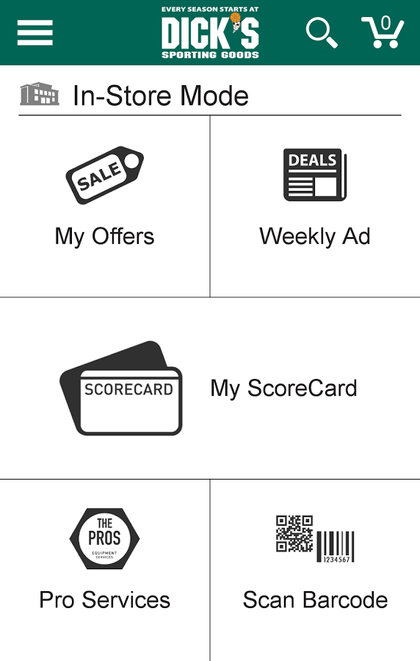
DICK’S Sporting Goods has set the bar for large retailers in terms of optimizing personalization. They’ve successfully implemented “geo-fencing” strategies to deliver more personal offers to their customers. Here’s how it works:
Geo-fencing services send offers and weekly ads to smartphone users within defined geographic areas who have installed the DICK’S app. This capability helps the company provide convenience, relevant offers and content to their customers.
If your company doesn’t have an app, there are many other ways to implement personalization. One of the most accessible channels: email.

Online men’s apparel brand Bonobos used personalized email when they were launching their first guideshop in NYC (Their guideshops are brick-and-mortar locations that hold no inventory but allow the customer to try on clothing and order it on the spot).
By segmenting their email list and narrowing it down to a certain radius outside of NYC, they were able to send a personal email to that portion of their list announcing the grand opening of the guideshop.
By letting them know they could book an appointment to get some wardrobe tips they not only successfully booked appointments, but their conversion rate on the overall campaign beat the ecommerce industry’s Q3 average by 146%! (source)
How to 5X Your Ecommerce Business Starting Now
To get started on 5X-ing your ecommerce business, you’ve got to focus on:
- Over-delivering on your customer experience
- Reducing your customer acquisition costs (CAC)
- Obsessing over customer retention
Without improving in any one area, you’re stifling your own business and your sales will become stagnant. You need to direct your focus, and that’s where our Next Level Revenue Guide comes in.
We’re giving you the framework to be an ecommerce site that can grows from $10M ARR to $50M in 36 months.
[rad_rapidology_locked optin_id=”optin_35″] content [/rad_rapidology_locked]






